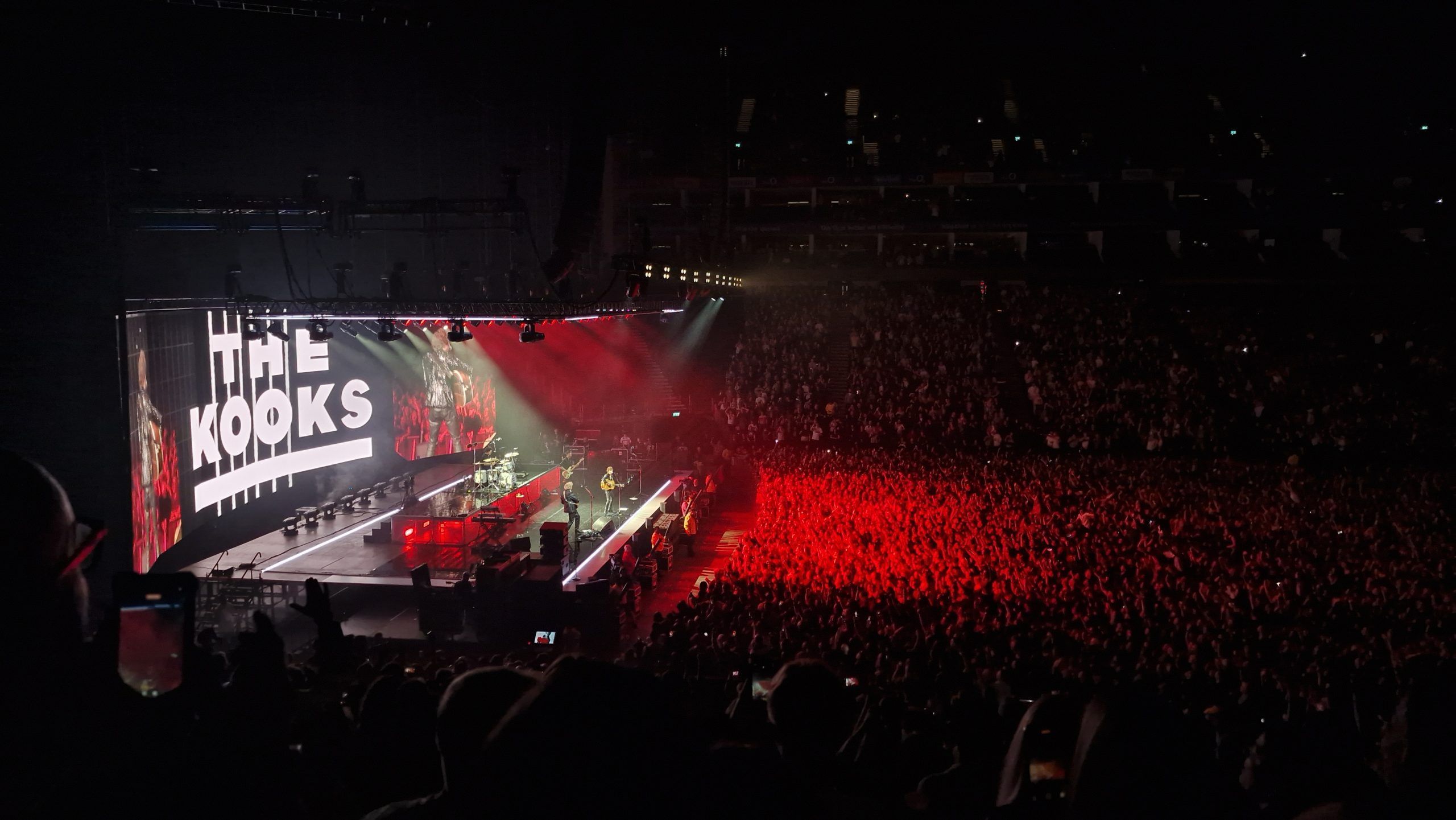In recent decades, there has been a remarkable transformation in the manner in which television is consumed. In the present day, we have transitioned from the practice of aimlessly switching between television channels plagued by distorted visuals to a state where we are deeply engaged with a plethora of material options readily available at our convenience through on-demand platforms and streaming services. At the heart of this paradigm shift lies the rise of Internet Protocol Television (IPTV), a formidable technical force driving this progression. IPTV has significantly transformed the landscape of control, engagement, and convenience for viewers on a worldwide scale. This article explores the fundamental nature of IPTV, its numerous benefits, obstacles, and the significant influence it has had on the entertainment sector.
The Genesis of Internet Protocol Television (IPTV)
IPTV is an innovative approach to broadcast television programming using the Internet Protocol (IP) network. In contrast to traditional broadcasting methods that rely on satellite or cable networks, Internet Protocol Television (IPTV) utilizes high-speed internet connections to transmit programming. This technology provides access to a wide range of television channels, video-on-demand services, and interactive features. These may be accessed through various internet-connected devices, including smartphones, tablets, PCs, and smart TVs.
Numerous IPTV providers offer the opportunity for potential customers to evaluate their services by providing trial periods. During this trial phase, users are granted unfettered access to the provider’s complete inventory, allowing them to directly experience the flexibility and adaptability that lista iptv effortlessly introduces. During this immersive experience, prospective consumers are provided with the tools and resources necessary to explore a wide range of content alternatives and interactive features. This empowers them to get valuable knowledge and make well-informed decisions.
The Effects of Internet Protocol Television (IPTV)
The domain of IPTV encompasses a wide array of channels and material, showcasing a diverse range that extends around the globe. IPTV offers a diverse range of programming alternatives, including many genres such as sports, film, news, and specialized interests, therefore responding to the specific preferences of viewers. The concept of on-demand elevation refers to the ability to get elevation data as needed. One notable aspect of IPTV is its ability to effectively accommodate on-demand programming. The transition away from scheduled programming is a significant transformation that grants viewers the ability to not only determine their content choices but also decide when they participate, resulting in a customized viewing experience that surpasses traditional limitations.
The concept of interactivity is redefined by IPTV, as it enhances the overall viewing experience with the incorporation of interactive elements. These elements encompass several domains such as video conferencing, seamless connection with social networking platforms, and the ability to participate in real-time polls during live events. This facilitates a more profound level of involvement and enhances the comprehensive spectator experience.
The advancements in internet speed have enabled IPTV to provide high-definition (HD) and Ultra HD (4K) material, resulting in a visually captivating and acoustically engaging experience for customers using compatible devices.
IPTV’s Confrontation with Challenges
The efficacy of IPTV is contingent upon a reliable and consistent internet connectivity. In areas where internet infrastructure is inadequate, customers are vulnerable to experiencing buffering, pixelation, or even total outages in service. The issue at hand pertains to concerns around intellectual property. The digital environment of IPTV is vulnerable to piracy, since it experiences the illicit distribution and exchange of copyrighted information. This phenomenon not only raises legal complexities but also carries financial ramifications for both content providers and distributors.
The Influence of IPTV
The emergence of cord-cutting may be attributed to viewers’ desire for increased autonomy in their entertainment consumption, resulting in a notable shift in viewing habits. In response to changing circumstances, traditional broadcasters and cable corporations have been pushed to adapt their operations in order to maintain their fan base. The advent of IPTV has revolutionized global outreach by enabling content makers to reach audiences beyond geographical borders. The phenomenon of globalization has resulted in a wide range of media material being consumed by individuals from varied cultural backgrounds.
The convergence of television and the internet has been accelerated by the advent of IPTV, resulting in the emergence of technologically advanced devices like Smart TVs and hybrid set-top boxes. These platforms provide a smooth integration of traditional television broadcasting with the innovative features of Internet Protocol Television (IPTV) services.
An Incontrovertible Prelude
The emergence of IPTV has significantly transformed the landscape of television viewing, since it embodies key elements such as independence, flexibility, and interaction. The ongoing advancement of technology has paved the way for future development and evolution of IPTV, which is anticipated to adapt to the ever-changing demands of customers and make a lasting impact on the entertainment industry. However, this trajectory is not devoid of hurdles, as it faces significant obstacles such as combating piracy and ensuring the establishment of reliable internet infrastructure. These issues serve as crucial tests for its progress. However, the influence of IPTV on the patterns of television viewing remains significant, shaping a future narrative for entertainment in the digital era.





